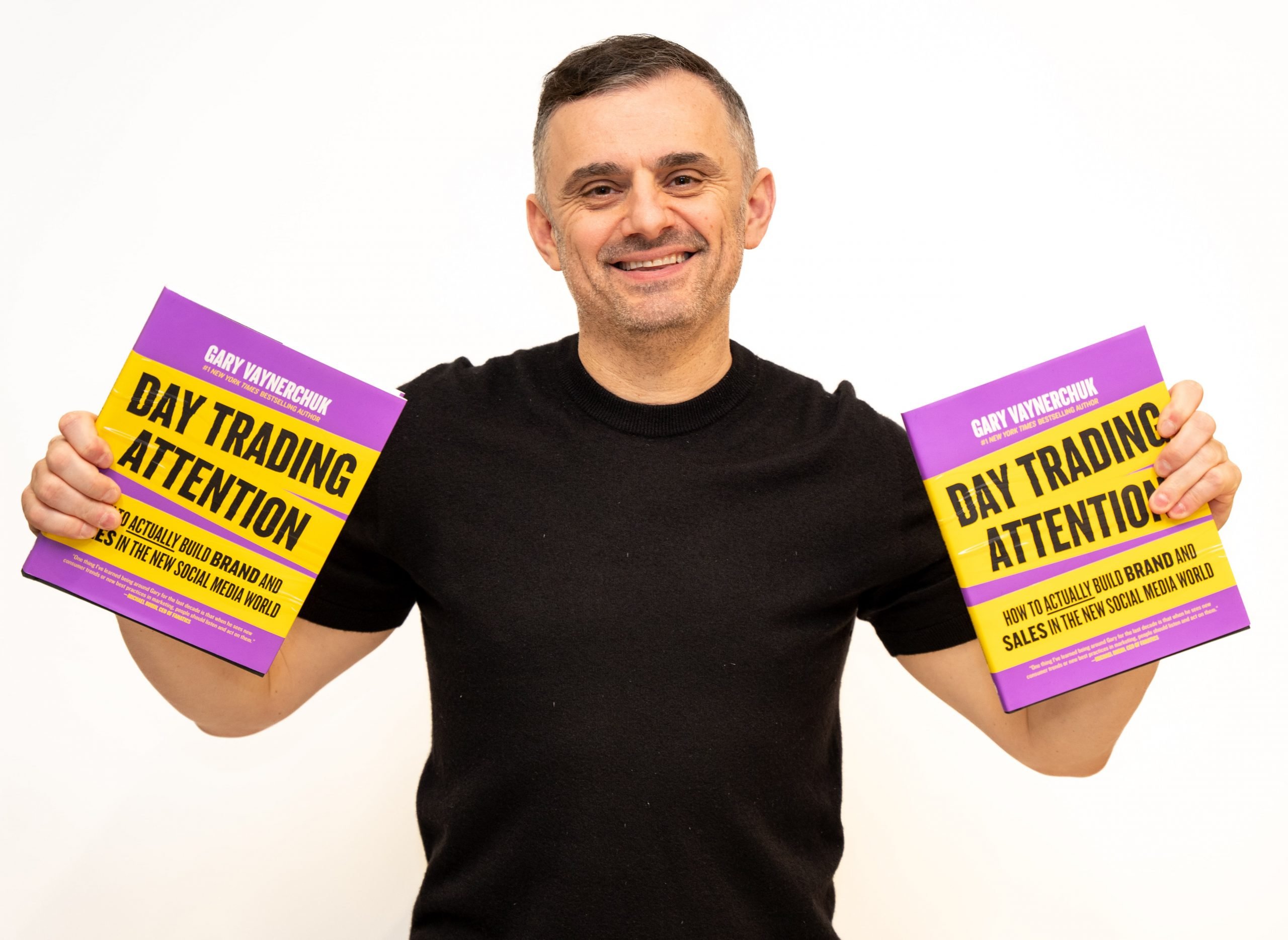 Marketing guru and entrepreneur Gary Vaynerchuk is not one to mince his words. And with 15 million followers on TikTok and more than 10 million on Instagram, when he talks, people listen.
Marketing guru and entrepreneur Gary Vaynerchuk is not one to mince his words. And with 15 million followers on TikTok and more than 10 million on Instagram, when he talks, people listen.
Gary Vee, as he is more popularly known, took time out from his busy schedule to sit down with Campaign Middle East’s editor Justin Harper for a one-on-one interview.
He has strong opinions on the advertising industry, chief marketing officers (CMOs) and the power of social media among other subjects. First thing on his list was the state of the industry.
“The advertising industry loves to say things like ‘We create culture’ and I always laugh because I do sit in both corporate Madison Avenue marketing, and then I actually do live in popular culture, and advertising is not popular culture.
“You go and talk to any person here and ask them what TV commercial captured them in the last five years, they don’t have an answer. I think the industry has a great identity crisis, because I do believe we come from the roots of creating culture.
Vee, who was on a whistlestop tour of the Middle East, referenced great ads and slogans in the past including Nike’s Just Do It (1988), Wendy’s Where’s the Beef? (1984) along with memorable mascots and jingles.
“These are iconic moments in popular culture. The industry has lost its way. And I think that’s really something the industry has to look itself in the mirror on. Commercials are not penetrating society.”
But he quickly adds: “You know, the funny part about my frustration with our industry is because I love it.”
Day Trading Attention
The conversation changes direction and moves to Vee’s favourite topic – the power of social media. He has a new book out called Day Trading Attention, which offers in-depth advice to enhance brands and grow sales using strategies grounded in social media.
It is actually a text book, loaded with case studies, illustrations and graphs spread across 240 pages. Flicking through my copy in the lobby of The Atlantis Royal on the glamorous Palm Jumeirah, I wondered why a maestro of the digital world would write a hardcopy book.
 “I could write this book every year without setting up the same argument but the details, I mean, I could write it every day.
“I could write this book every year without setting up the same argument but the details, I mean, I could write it every day.
“And that’s an interesting thing. It’s a book. I don’t know if it’s a statement though. I do believe that old media still has an element of statement. Magazine covers, a book, being on a billboard, television.
“But the reason I wrote the book is because I know this is how some people learn. I can talk, I can do content, I can do PDFs. There’s a reason books have been around a long time.
“And then the other thing that I think really matters about it is, I believe that the format of a book is one of the most ultimate word-of-mouth vehicles.”
Power of social media
His argument in the book, and his callout to the industry, is that a single social media post that goes viral has more actual awareness than any campaigns. And social media is free.
“I think that people either have woken up to what I’ve been screaming about for the last decade, which is that social media matters, or they’re confused as they can’t figure out what’s going wrong, and the answer is social media.
“The other argument I have for the industry right now is we’re infatuated with tomorrow (AI, metaverse, VR) and we’re romantic about yesterday, the brand positioning and the tagline and the commercial.
“But we stink at today, and today it’s this.”

That’s why he chose the book’s title as attention is being trading daily. “The speed of culture and the speed of attention and the platforms is profound.”
Role of the CMO
The best-selling author has particularly strong views about CMOs arguing most have a short shelf-life in each role, typically 18 months.
The problem? Vee says it is down to the separation of media and creative. “This has left us in an industry that creates fake reports to justify brand building. I believe that modern CMOs right now are struggling to justify marketing. They can’t explain the results
“Most of them are trained in actual art more than science. Now they’ve got an industry that wants to measure everything and they’re trying to catch up on math and they don’t know how to explain art.”
The solution? Bring media and creative back together again, to make CMOs more accountable to the business.
“But I believe that the biggest issue in the industry right now is that I believe agencies extract value out of clients instead of provide them value. I really believe that.”
If this mismatch is addressed, Vee feels the CMO can play a crucial role in the organisation.
“I think the CMO is more important than the CFO. I just think the CMOs aren’t doing a good job.”
To hammer home his point, the dedication in his new book reads:
This book is dedicated to the 1 percent that make consumer-centric decisions vs the 99 percent that make decisions based on boardroom politics.
“Yeah, that sums it up pretty much. I believe that most CMOs are not practitioners. But I’m empathetic to them, they have gotten caught up in the corporate jargon, are trying to appease reports instead of consumers.
“But they have no clue what’s going on in social media when it has now become the primary place that brands are built. Period.”
Ten years ago the advertising guru wrote a book called ‘Jab, Jab, Jab, Right Hook’, one of the first blueprints for social media which identified the need to develop high-quality content that’s adapted to specific platforms.
‘TikTokification’
Vee latest insights centre on the TikTok affect and how smart AI and algorithms have become, allowing platforms to target consumers better, and to reward content creators for good content.
@garyveeLet’s make positivity louder♬ Emotional Piano Instrumental In E Minor – Tom Bailey Backing Tracks
“For the first time in the history of marketing, the reach is directly correlated to the creative. You’re going be judged by how many views your post gets because the creative is the variable of success. It’s really putting the spotlight on creativity.”
Vee pulls out his phone and shows me some of his many Instagram posts. While a recent one garnered 1.5 million views, another one five days later got just 53,000.
“Do you know how extreme that is? What I just showed you? That is a level of extremity of reach that never existed for the first 13 years pre-TikTokification of social. Almost all my posts would get somewhere between 500,000 and 800,000 views.”
Does this volatility bother the great man, when before he was getting an average of one million views per post?
“I now know what creative actually matters. A lot of my contemporaries are very upset, but I like the merit. I’ve always believed in the merit.”
As for TikTokification – “That’s the new game. The platforms got smart.”









